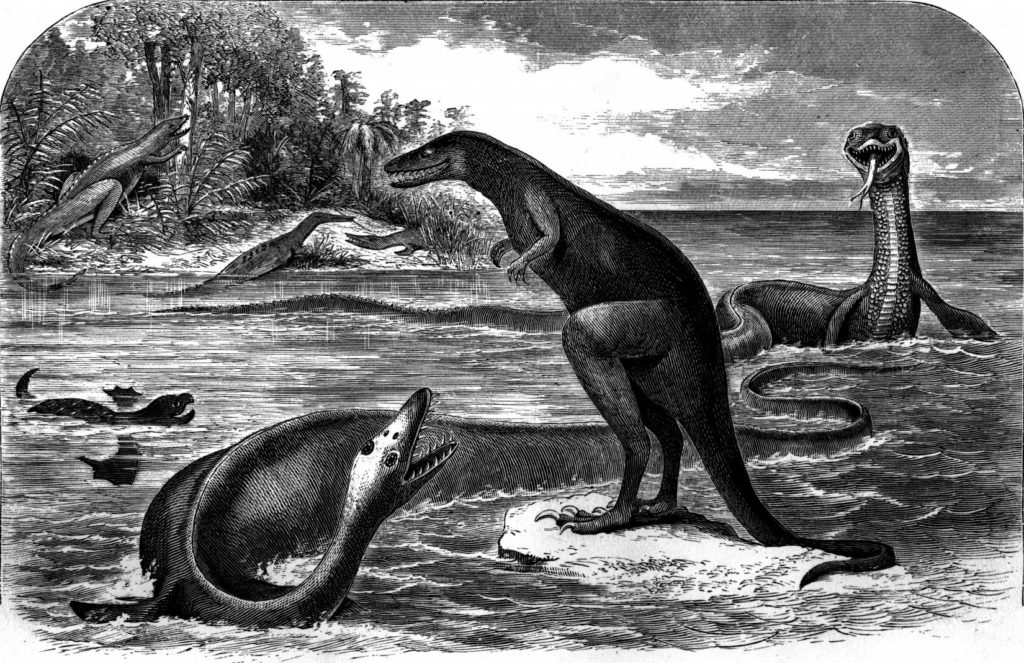
The diplodocus has long been known as the most religious of all the dinosaur groups. While it was long known as an atheist, its scientific name means “to see,” and is derived from a Greek word meaning “to discern,” a reference to the way the fossilised bones in its skull appear to pick up light from a nearby star as it glides across the sky. It’s even speculated that this ability helped it survive the extinction event that wiped out many dinosaurs and ultimately ushered in the modern era of the dinosaur world. There are some, however, who argue that Diplodocus was an especially devout member of the religious group as it was the only dinosaur to be a complete member of the group from birth, rather than being merely a juvenile that was left to its own devices. This would explain why the animal had so many other “religious” characteristics, including the unique habit of sitting on a rock and holding its tongue out, which was also believed to be the means by which it communed with its divine creator, the Great Architect of the Universe.
The fierce atheism of the triceratops is not surprising, as the species’ thick skull and neck are covered with thick, bony plates. Some experts have speculated that the thick plate might have allowed the triceratops to hold its breath during deep dives, but this remains unproven. Another theory, based on a study by Dr. Jonathan Caulkins, suggests that the thick plates may have helped the animal with its ability to move its heavy body around by stretching the neck, which was so large that it could extend up to 30 feet during the breeding season. This could have allowed the triceratops to reach heights of up to 35 feet in flight.
Among other flying dinosaurs are the plesiosaur, the pterodactyl, the saber-tooth cat and, surprisingly, the ornithomimid, which was discovered in North America by a team of researchers led by paleontologist Michael S. Currie. Religious motivations, as one would expect, are not confined to this group either. In fact, the oldest of these ancient flying reptiles are known to have been some 300 million years older than the last dinosaur to be discovered.
The Vatican has been the site of considerable controversy over the age of the world’s first flying reptile, which some claim was an adult tyrannosaurus rex, which would have been about 160 feet long and 10 feet tall, and that is now thought to have been a member of the family of plesiosaurs, of which only one species remains.
The opinions of St Paul concerning ‘Thunder Lizards’ are also cited in the ‘Acts of Peter,’ a work of the ninth century by St. Ignatius, who quotes from the same writings of St. Paul (see below). The first dinosaur-like animal known to exist is known as ‘Pyrghisaurus lindermanensis’ and is described by St. Basil as being about 5 to 10 feet long and 2 feet wide, and weighing 100 to 120 pounds, with the skull being a bit like that of a horse. This species was described by St. Clement of Alexandria in his book ‘On the Genesis of the Creation’, written in the second century, when the first dinosaurs were thought to have lived.
Whatever the case, we can rest assured that religious dinosaurs like these are a thing of the past.

